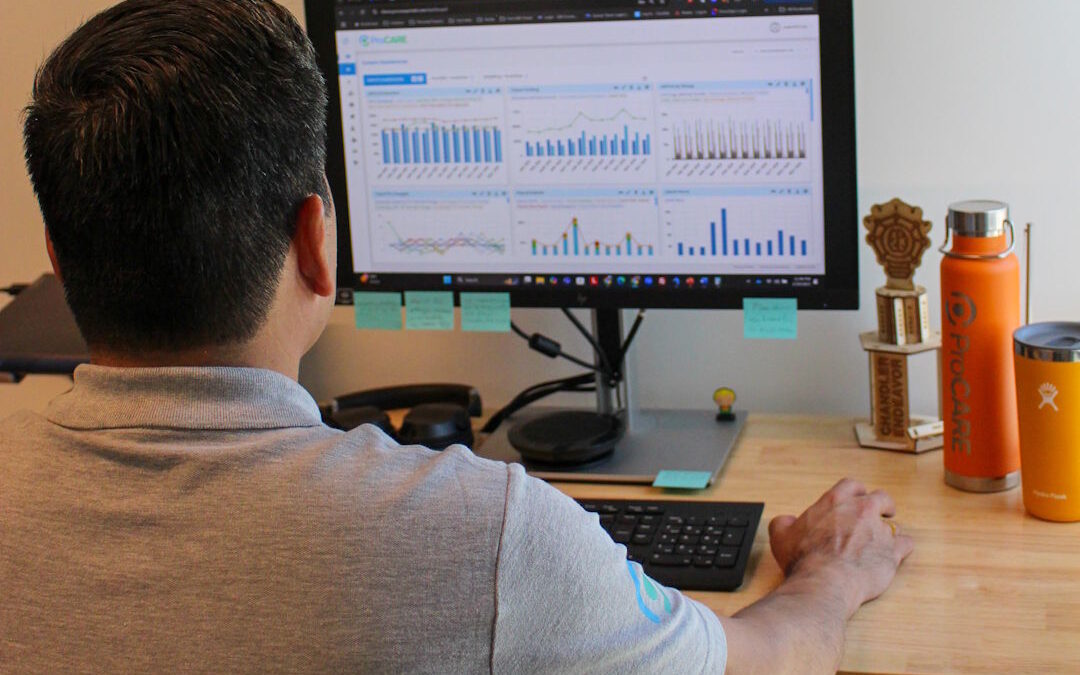It is clear from MedScape’s 2024 physician compensation report that roughly half of physicians feel underpaid, and pay is different by market and region. Why is this number so high, and what makes up the difference?
While market adjustments from CMS are a factor, it’s likely that many of these providers are saying, “I am not paid what I contribute” or “I don’t feel valued.” These are issues the provider comp industry needs to address, and likely stem from:
- model design
- data visibility
- or, compensation system capabilities that make providers feel valued
Individual production will always be a significant portion of providers’ incentives, but there is room for this to become more balanced. For this to happen, robust capabilities are required to:
- model impact analysis of fee schedule changes
- use market data to make decisions
- set guardrails to identify and review outliers
Additionally, you need control to change the paradigm and reward providers for what they are doing to contribute to the patient and system as a whole. You also need to get this data in the hands of providers in meaningful ways.
In most cases, individual production is the main payment driver, but that is not necessarily because admins and providers believe that is the best way to do it. It’s because paying provider groups differently or for additional metrics – with mass integration and large populations of providers to compensate – is unbearable without the right infrastructure.
As an industry, this problem is often less than 10 years old (with a pandemic thrown in the mix). We must regroup and find ways to bring back incentives that link providers to a greater good they can understand and support, across all organizational levels.
One of the ways we’re addressing this challenge is through team based care models.









